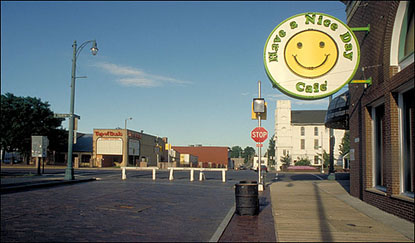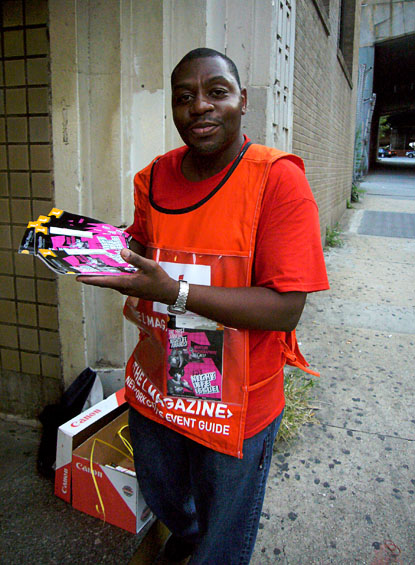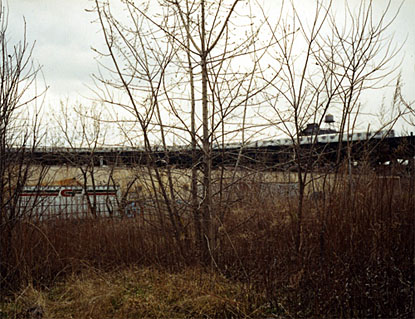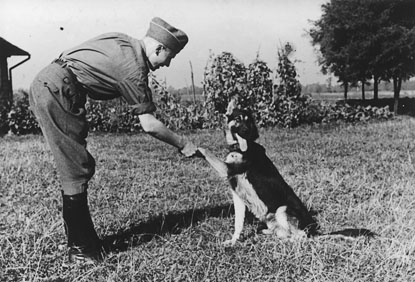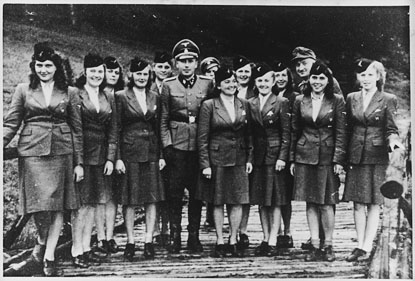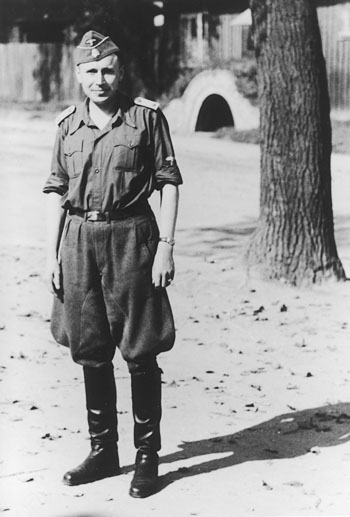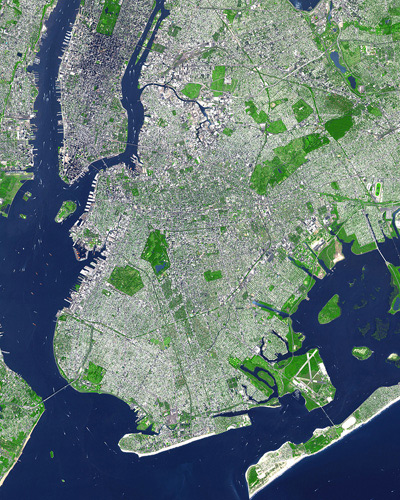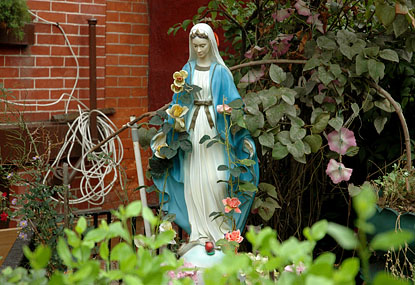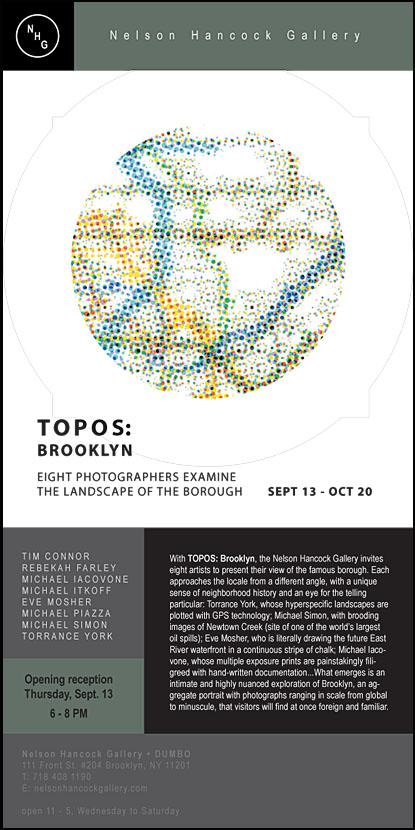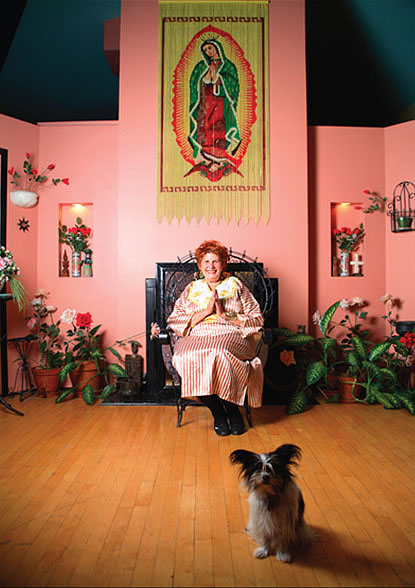 "Leica advertisement, 1935"
"Leica advertisement, 1935"One of my favorite writers,
Anthony Lane has a piece about Leicas in this week's
New Yorker. It's called
"Candid Camera: the cult of Leica," . I found it disappointing, no doubt partly because I'm such of fan of Lane's acid, fearless but also oddly jolly and good-natured film reviews. Then too, I admire the whole idea of "critic at large" -- that in this age of specialists one writer can take on film, literature, politics and, yes, even photography. But this time I think, instead of critiquing the Leica cult, Lane joined it.
Full disclosure. Near the end of the 80s I published a piece about Leicas in
GQ Magazine (pre-digital). They were doing a "best of..." series on consumer products for their target readership of fashionable, well-heeled young men. The editors had decided Leica was the "best" camera (later I did a piece on Swiss army knives, the "best" jackknife). For that article, like Lane, I quoted Cartier-Bresson about photographer-as-hunter. I wrote about how the Leica viewfinder allows you to see outside the frame &, unlike SLRs with their mirrors, to actually see the subject at the moment of exposure. I wrote about the precision, the silence, the workmanship etc, etc. . .
I had never owned a Leica; never used one. But I generally believed what I wrote. Leicas were legendary. Nearly every photographer I admired used Leicas, at least until the mid-60s. The list is astonishing. Here's just a few: Andre Kertecz, Alfred Eisenstadt, Henri Cartier-Bresson, Walker Evans, William Klein, Robert Capa, Garry Winogrand, Robert Frank, Lee Friedlander. Lane says even William Eggleston used a Leica, which I didn't know. At the time I started shooting -- in the mid 70s -- M series Leicas were still the tool of choice for many artists and photojournalists, but they had gotten very pricey for newcomers. I started out with a used Pentax & moved on to Nikons. I knew equipment is important, but I had never been able to make myself care about it, and cost was always a factor.
By the time I wrote the GQ article Leicas had become a fetish. They were a status symbol & an investment. Dentists bought Leicas, along with a full complement of lenses, and kept them carefully stored in their original boxes. They were still beautiful, worked wonderfully. Many great photographers were still making great pictures with them. But the 35 mm workhorse, the one banging around in the luggage of serious shooters, was now probably a Nikon.
Today I don't know -- it would probably be a Canon -- but definitely digital. I could easily succumb to nostalgia for a sharp little camera that does everything you want but doesn't even need a battery. It seems more honest somehow. But I'm not going there. I'm grateful for my D200's autofocus, excellent auto exposure & helpful playback. My eyes aren't good enough anymore for all that focusing. I used to love clicking through the F stops & shutter speeds, the rhythm of shooting & winding film -- the brisk thumb turn as a kind of punctuation -- but I don't want to work so hard anymore. I'm like my parents when they gave up the stick shifts & started buying cars in which all you had to do was put it in Drive. The only thing I care about is the pictures.
Lane quotes Lee Friedlander talking about Leicas, but I think he could as well be talking about today's modest little 8 megapixel point & shoots. "“With a camera like that you don’t believe that you’re in the masterpiece business. It’s enough to be able to peck at the world.”
